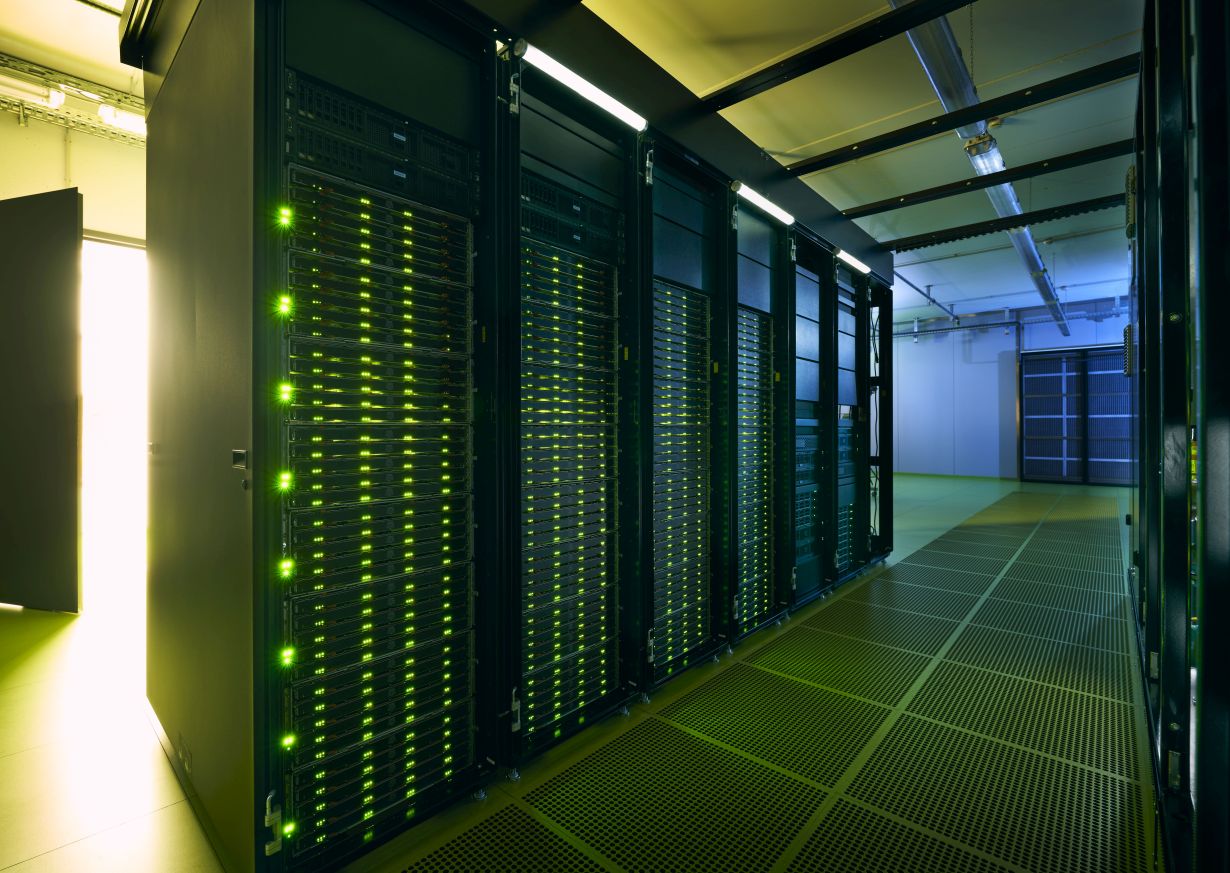Karlsruhe Institute of Technology (KIT) will become center for national supercomputing. This was decided by the Joint Science Conference today (November 13, 2020). The Joint Science Conference coordinates funding of science by the Federation and the Federal States. In future, scientists will be able to use even more powerful supercomputers at KIT. In spring 2021, the HoreKa Supercomputer, one of the most powerful supercomputers in Europe, will take up work at KIT. The National Supercomputing Alliance has an annual budget of EUR 62.5 million. Of this, annual funding in the high single-digit million range will go to KIT.
”Baden-Württemberg assumes a leading position in Europe in the area of supercomputing and is internationally competitive. This is also reflected by today’s selection of KIT as national supercomputing center. The public can look forward to the remarkable research results that will be produced by computer-based leading-edge research thanks to the impressive computing capacity and the methodological knowledge concentrated at KIT,” says the Baden-Württemberg Minister for Science, Research, and the Arts, Theresia Bauer.
Mastering the energy transition, developing new materials, searching for the smallest building blocks of our universe or new therapies for severe diseases, such as Covid-19: If researchers want to understand natural and technical processes in their entire complexity, they are increasingly dependent on computers and their enormous computing capacities. “In areas like energy, mobility, and environmental research or cyber security and medicine, vast amounts of data are produced. Just managing these data will not be sufficient. We will have to actively use them to master the pressing challenges facing our society,” says the President of KIT, Professor Holger Hanselka. “I am very happy that the KIT with its know-how in supercomputing will be a national supercomputing center.”
New Dimensions in Computing Capacity
The Karlsruhe Supercomputer (HoreKa) will be fully operational in summer 2021 and have a computing capacity of about 17 PetaFLOPS, i.e. 17 quadrillion computing operations per second. This corresponds to the capacity of more than 150,000 laptops. Admission of KIT to the Alliance of National Supercomputing Centers implies secure funding of successors of HoreKa. “Their computing capacity will be of even higher dimension,” says Professor Martin Frank, Director of the Steinbuch Centre for Computing (SCC) of KIT. Within the Alliance of National Supercomputing Centers, however, KIT will offer much more than mere computing capacity: “We want to support young scientists in particular in obtaining results more rapidly and efficiently,” Frank says. To handle a power pack for data processing, such as HoreKa, special know-how is needed. Hence, extensive service and close support of the users from science will be indispensable. “Our work will focus on extensive user support.”
More information on HoreKa:
https://www.scc.kit.edu/en/services/horeka.php
About SCC
As a center for data-intensive computing and the analysis of large-scale data as well as an innovative and agile IT service provider, the SCC operates large-scale equipment for scientific high-performance computing and data-intensive sciences, including the supercomputer ForHLR, the bwUniCluster 2.0, and the Grid Computing Centre Karlsruhe (GridKa). SCC’s 250 employees also operate the campus-wide information and communication infrastructure and provide numerous other services for students, lecturers, and scientists at KIT, in Baden-Württemberg, and all over the world.
More about the KIT Information · Systems · Technologies Center: http://www.kcist.kit.edu
Being “The University in the Helmholtz Association”, KIT creates and imparts knowledge for the society and the environment. It is the objective to make significant contributions to the global challenges in the fields of energy, mobility, and information. For this, about 10,000 employees cooperate in a broad range of disciplines in natural sciences, engineering sciences, economics, and the humanities and social sciences. KIT prepares its 22,800 students for responsible tasks in society, industry, and science by offering research-based study programs. Innovation efforts at KIT build a bridge between important scientific findings and their application for the benefit of society, economic prosperity, and the preservation of our natural basis of life. KIT is one of the German universities of excellence.

